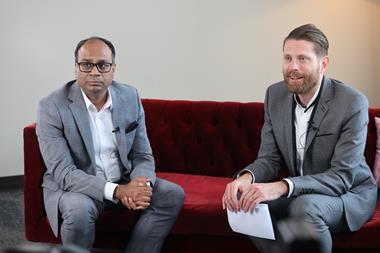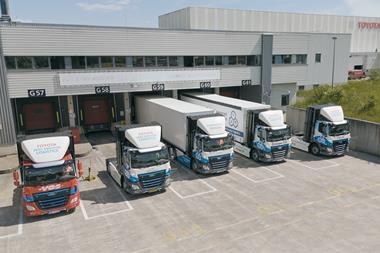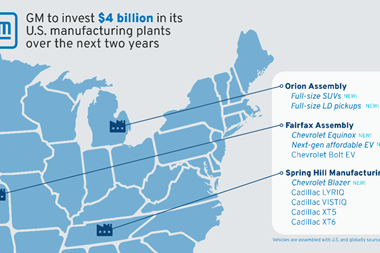 A new world order is emerging in the automotive sector. It began as a ‘quiet revolution’, but will change the industry forever. Technology – not chassis design, braking systems or tyres – has become pre-eminent in an industry where the big OEMs have traditionally held all the market power. Now all participants must focus on what it will take to build the future automotive business model – namely, an industry that fuses high tech and automotive into a new super sector.
A new world order is emerging in the automotive sector. It began as a ‘quiet revolution’, but will change the industry forever. Technology – not chassis design, braking systems or tyres – has become pre-eminent in an industry where the big OEMs have traditionally held all the market power. Now all participants must focus on what it will take to build the future automotive business model – namely, an industry that fuses high tech and automotive into a new super sector.
This carries significant implications for the supply chain. OEMs are forming closer relationships with suppliers far back into the chain. In this new reality, tier four suppliers are just as important as tier ones. To deliver in this new automotive supply chain will take imagination, technological innovation and strategic partnerships.
The ‘quiet’ revolution
Two related trends are powering a major structural transformation of the automotive industry: the rise of the global mega supplier and the convergence of the high-tech and automotive industries.
Vehicle production requires thousands of parts and input from many suppliers. Historically, suppliers’ bargaining power was low, with OEMs stipulating component designs and generally controlling the game. Not so any more. Automotive suppliers’ contribution to vehicle make-up has increased from 56% in 1985 to estimates that now put it as high as 82%. Consequently, OEMs’ health and profitability are inextricably tied to the stability of their burgeoning global supplier base.
The rise of the mega supplier has an emerging consequential trend, which carries even greater significance, and injects new levels of risk and complexity into the supply chain; the convergence of high tech and automotive. The development of today’s ‘connected’ car, self-driving and self-diagnosing, is propelling a multi-sector convergence. The average midsize vehicle now has approximately 40-50 microprocessor-driven systems, which require more than 20m lines of code. A larger vehicle can have up to 100m. A Boeing 787, in contrast, has fewer than 15m lines of code.
Consumers now expect the same rate of innovation in the vehicles they drive as they witness in other electonics sectors. The two industries are so intertwined that their business relationships are truly symbiotic, which makes every supplier critical, regardless of what tier it falls into. In some cases, OEMs may find themselves competing for supplier capacity with the tech industry, which may in fact be the larger customer. This competition naturally injects risk into the automotive supply chain, and is forcing carmakers to forge closer partnerships with their supplier base, and hedge risk by securing multiple suppliers for the same component.
The new automotive supply chain
These supplier-based trends are rapidly transforming the traditional automotive supply chain and the stakes are high – profit margins, competitive advantage and potentially market share. The focus of reform has been on the linked pillars of standardisation, visibility and risk management.
Standardisation will allow OEMs and their suppliers to accelerate the supply chain, while at the same time reducing overall costs. An enabler of this – and of the new supply chain generally – is information technology, specifically visibility and analytics tools. Companies across the sector are investing heavily in this area to inject end-to-end visibility across the supply chain and between partners.
With the infusion of new suppliers into the automotive space, supplier risk management has taken on new urgency and complexity. The large tier ones are used to managing supply chain risk, but it can enter the production equation in lower tiers, particularly with the high-tech suppliers. As part of this supplier strategy, OEMs are hedging their risks by developing or sourcing from more local or regional suppliers.
Automotive companies are preparing for a brave new world of supply chain management. The so-called ‘quiet revolution’ isn’t so quiet any more. As the convergence of the automotive and tech sectors develops, it will change both industries permanently. For carmakers, competing for parts with other industries is now the norm. The task is to create a more visible, agile global supply chain while orchestrating the entire supplier ecosystem in a way that ensures future growth.
Lisa Harrington is a supply chain trend expert and author of the recent DHL white paper, ‘The Resilient Supply Chain’



































